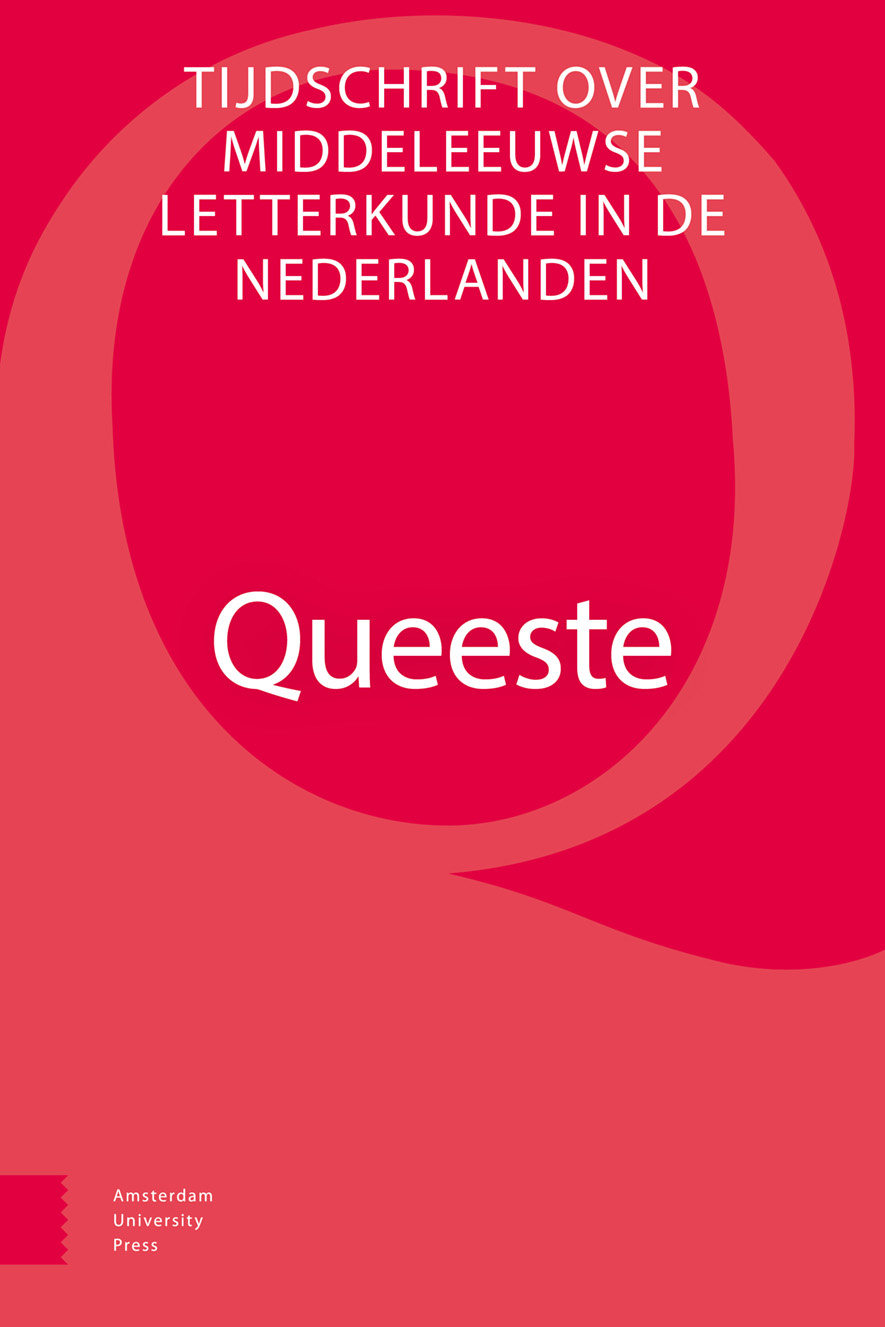- Home
- A-Z Publications
- Queeste
- Previous Issues
- Volume 28, Issue 2, 2021
Queeste - Volume 28, Issue 2, 2021
Volume 28, Issue 2, 2021
Language:
Dutch
-
-
oa Woest versus wonderbaarlijk
More LessBy Simon SmithAbstract Both in Die Riddere metter Mouwen (‘The Knight with the Sleeve’), a Flemish Arthurian romance written in the second part of the thirteenth century, and in Lodewijk van Velthem’s Fifth Part of the Spiegel Historiael (‘Mirror of History’), an early fourteenth-century continuation of Jacob van Maerlant’s voluminous world history (1284-1289), a frightening forest appears which is called Woud(e) sonder Genade (‘Forest Read More
-
-
-
oa Bridging the Convent Wall
More LessAbstract In the second half of the fifteenth century the canonesses regular of the Brussels convent of Jericho produced dozens of manuscripts, both for their own community and, for payment, for wealthy lay people and religious institutions outside the convent walls. The accounts of the prioresses of Jericho, which contain a wealth of detailed information on manuscript production in the monastery, reveal that the lion’s sh Read More
-
-
-
oa Een nieuw onderzoeksproject: ‘Rerouting the Ridderroman. Adaptation strategies in the poetics of the 14th-century Middle Dutch Ridderroman’ (FWO – Universiteit Gent)
More LessBy Jorn HuboAbstract Literary historians have often noted the ‘conventional’ nature of the 14th-century Middle Dutch verse romance or ridderroman. While the corpus has long been depreciated as derivative, a mixture of older romance motifs amplified into sometimes grotesque proportions: ‘epic in decay’, this view has slowly been reconsidered. The complicated intertextuality of 14th-century ridderromans is now more understood a Read More
-
Most Read This Month
Article
content/journals/09298592
Journal
10
5
false
en


